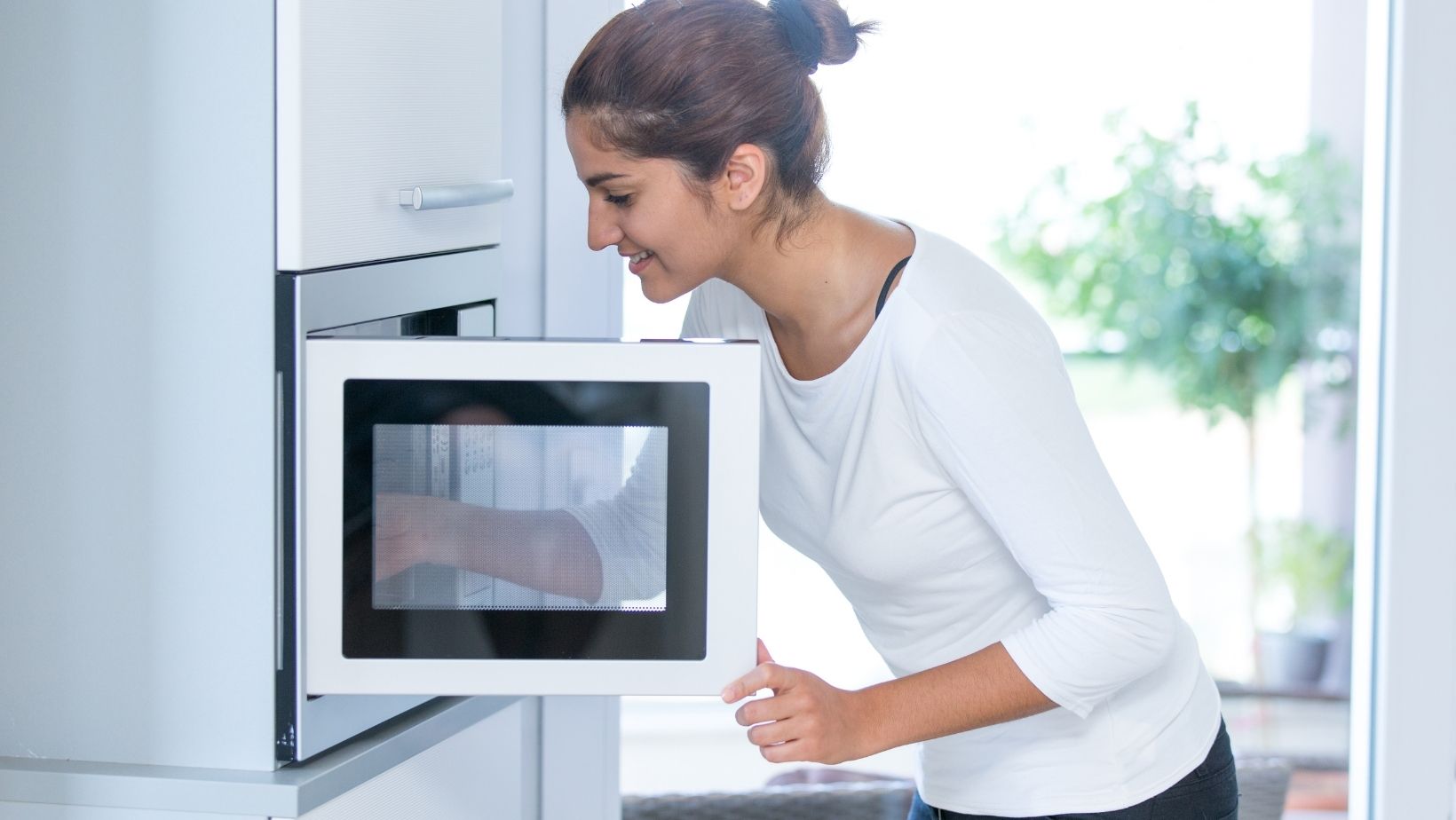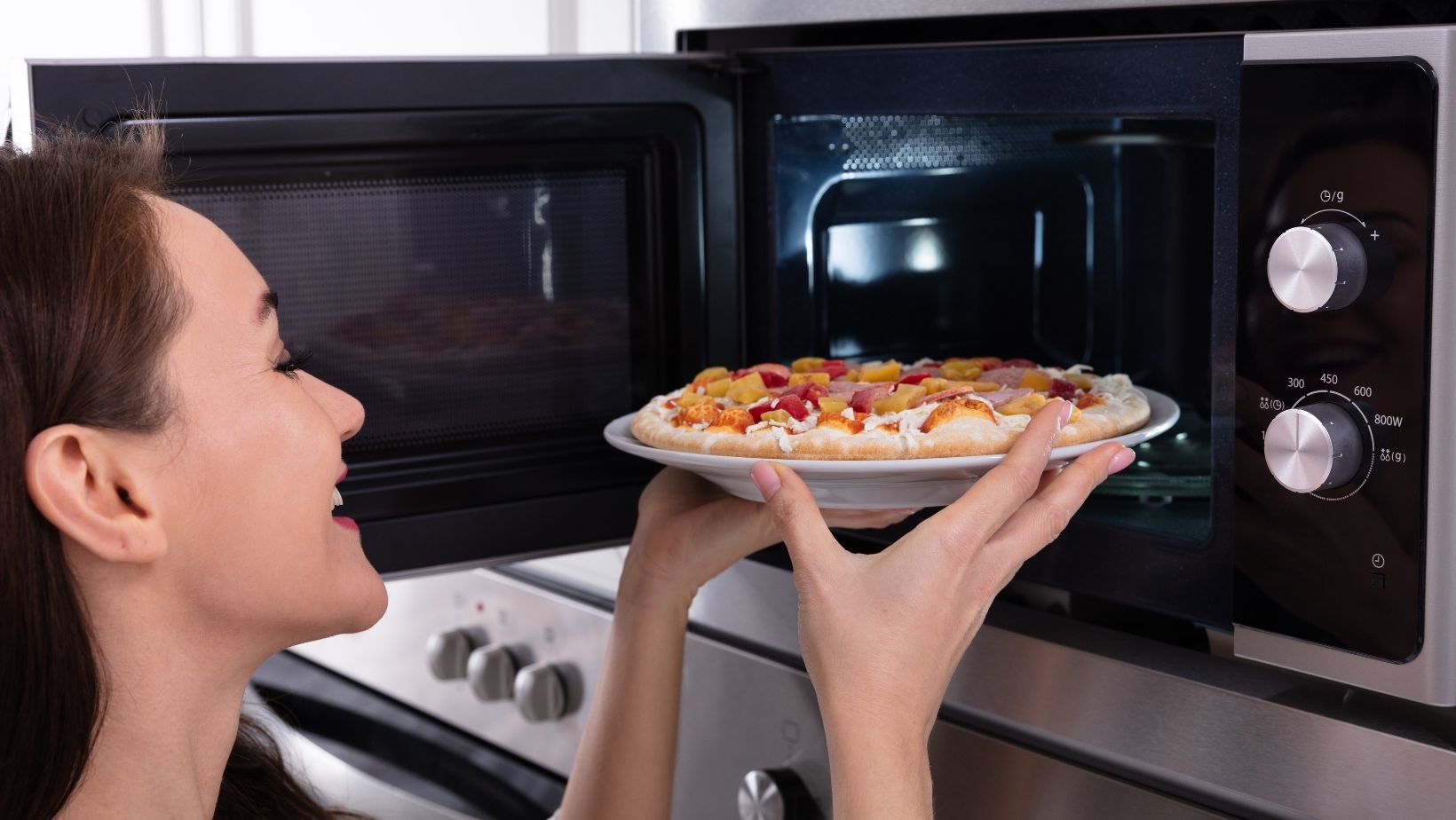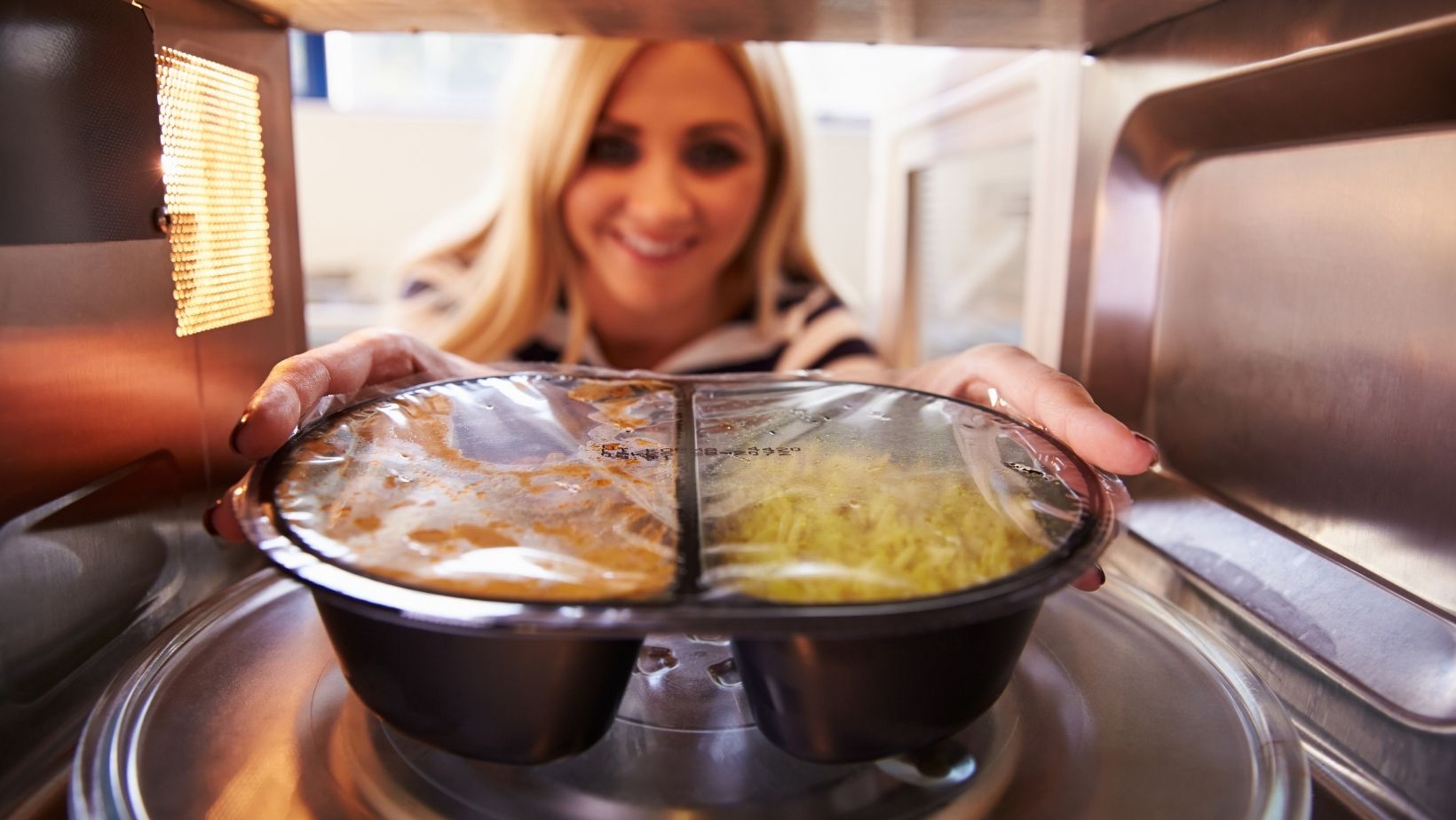Facts You Should Know About a Microwave

Hi, I am Betty Knight, Owner of this site! I…
Everyone knows how this plug-and-play kitchen appliance works. It’s been part of any modern kitchen for decades since its invention by now. But there are some trivia and facts about the microwave that not everyone knows.
For example, did you know that the microwave oven was invented by accident? In 1945, Dr. Percy LeBaron Spencer, a self-taught electronics engineer working for the Raytheon Corporation, noticed that the chocolate bar in his pocket started melting while he was testing magnetrons. This discovery led to trying to cook other foods like popcorn kernels under magnetrons successfully. It ended with Spencer getting a patent for his invention, the first Radarange microwave oven launched in 1947 with a price tag of $2,000 (that’s about $50k today).

Here are 15 more facts you should know about a microwave:
1. The first microwave oven weighed 750 pounds and was made for commercial use. That’s a massive kitchen appliance that obviously cannot be moved around the kitchen. In comparison, a standard-sized microwave oven today is only around 35 to 50 pounds.
2. The first two food items (after the accidental candy bar) cooked in the microwave are popcorn and egg. Popcorn was a success (as we know now decades later), but the egg exploded on Spencer and others experimenting with the microwave.
3. There was no market for the first-ever microwave oven. Due to the size and tag price, no one wanted to buy their own. After 20 years of redesigning until it shrunk to what we know of microwaves today, people eventually embraced the $500, 100-volt microwave made specifically for home use. By 1997, about 90% of US households own one.
4. ACT II popcorn and microwaving at home brought the popcorn industry record-breaking sales. When ConAgra Foods Inc. bought Golden Valley in 1991, the purchase included the revolutionary popcorn bag (called ACT II) that Golden Valley famously developed in 1984. This bag, which still exists to this day, allowed kernels to pop in any microwave.

5. About 70% of microwave users only use it 3-minutes at a time. Microwave ovens are commonly used for defrosting and reheating, which is usually successfully completed at the 3-minute mark.
6. A sponge should be your go-to for cleaning the microwave. You don’t need any special cleaning tool or chemical to clean your microwave. Just place a sponge inside and run it for about 2 minutes full power. This supposedly kills 99% of bacteria, including E.coli, and other causes of food-borne illnesses.
7. Airplanes are not allowed to use microwave ovens while in flight. Those microwaveable meals you receive while on a plane? They’re actually not allowed to use microwaves at 36,000 feet or higher.
8. The US Food & Drug Administration made sure microwave manufacturers ensured all microwave ovens stop when users open the door. If not, the device is deemed as faulty, damaged, or malfunctioning.
9. Standing next to a microwave while it’s turned on won’t cause cancer. Contrary to popular belief that being in close proximity to the device while in use causes cancer, microwave ovens aren’t even dangerous when the microwave continues to spin even with the door open. They do not “spill” radiation out from the machine.
10. Microwaving plastic-covered food could lead to cancer. This is what’s more dangerous because the plastics could melt and leach into your food as the container break down. Even “BPA-free” designated plastics are discovered to leach estrogenic chemicals, which may lead to cancer.
11. Microwaving food is better than boiling when it comes to nutrient retention. Microwaving only reduces vitamins B, B1, C, and E, but the process is a LOT better than boiling (that removes these vitamins and nutrients completely). Do know that proteins and amino acids in meats may be damaged when cooked via microwave.
12. Microwave ovens cook beyond “reheating.” It can fry food, steam vegetables, bake cakes and pieces of bread, dry herbs, and toast garlic, nuts, and other ingredients.
13. Foil and Chinese takeout boxes are a no-no. You might think that these two materials are microwavable since many takeout foods use them, but they’re actually not recommended for microwave heating. This is because of the Chinese takeout box’s metal handle and due to the foil’s metal content.

14. Microwave ovens have cool life hacks you should definitely master. These include:
- Soaking beans to the perfect tenderness.
- Juicing MOST of the juice of citrus fruits like lemon, orange, etc.
- Peeling garlic without garlic-smelling fingers.
- Shucking corn.
- Making dough rise quickly.
15. You can find almost 4000 recipe books that help with microwave cooking. Yes, these books revolve around microwave use exclusively. So if you’re still thinking about the meals you can do with a microwave, check out a book or two to help you decide.
As with any electronics, your microwave has an instruction booklet to know how it’s working, how to maintain it, and potential issues you might face (and steps to resolve them).
What's Your Reaction?
Hi, I am Betty Knight, Owner of this site! I am a 'nearing 30-year-old', happily married to 1 awesome man. We live in the beautiful tourist town of Franklin NY.



